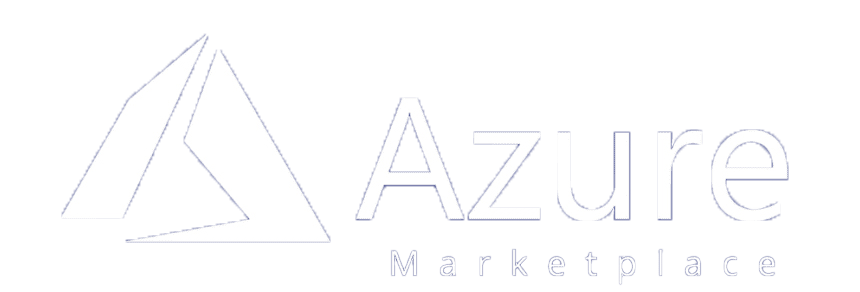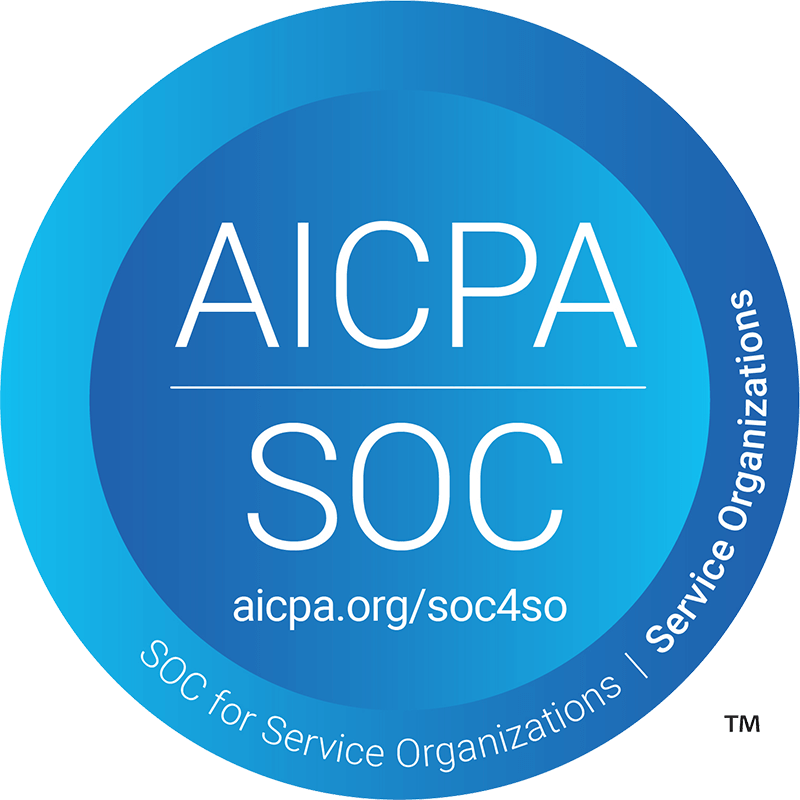Kubernetes Best Practices
Guide to Kubernetes ToolsWith containerization changing the face of IT architecture, Kubernetes has become the most popular tool
in the DevOps domain. CNCF’s 2020 survey of 1,324 respondents showed 83% use Kubernetes in a production
environment, which helps practitioners orchestrate containers by automating their deployment, scaling,
and load balancing needs.
Although popular, Kubernetes is not necessarily easy to work with. As your Kubernetes cluster grows, so
does the complexity in managing it. To get the most out of your growing Kubernetes cluster (and to
minimize its complexity), we recommend following the best practices covered in this article.
1. Use the Latest Version
You must always have the latest stable version of Kubernetes in your production cluster. The new releases
have many updates, additional features, and most importantly, patches to previous version security
issues. It helps you in keeping your cluster away from vulnerabilities. Older versions also do not get
enough support from the provider or the community. So, it is better to update the cluster on the latest
version of Kubernetes.
2. Version Control for Configuration Files
Configuration files related to your deployment, ingress, services, and other files should be stored in a
version control system (e.g., Github) before being pushed to a cluster. Doing so allows you to keep
track of who made the changes and implement a change approval process to improve your cluster’s
stability and security.
Spend less time optimizing Kubernetes Resources. Rely on AI-powered Kubex - an automated Kubernetes optimization platform
Free 60-day Trial3. Use Namespaces
By default, there are three different namespaces in Kubernetes in the beginning: default, kube-public and
kube-system. Namespaces are very important in organizing your Kubernetes cluster and keeping it secured
from other teams working on the same cluster. If your Kubernetes cluster is large (hundreds of nodes)
and multiple teams are working on it, you need to have separate namespaces for each team. For example,
you should create different namespaces for development, testing and production teams. This way, the
developer having access to only the development namespace won’t be able to make any changes in the
production namespace, even by mistake. If you do not do this separation, there is a high chance of
accidental overwrites by well-meaning teammates.
apiVersion: v1
kind: Pod
metadata:
name: development
namespace: development
labels:
image: development01
spec:
containers:
- name: development01
image: nginx4. Use Labels
A Kubernetes cluster includes multiple elements like services, pods, containers, networks, etc.
Maintaining all of these resources and keeping track of how they interact with each other in a cluster
is cumbersome. This is where labels come in. Kubernetes labels are key-value pairs that organize your
cluster resources.
For example, let’s say you are running two instances of one type of application. Both are similarly
named, but each application is used by different teams (e.g., development and testing). You can help
your teams differentiate between the similar applications by defining a label which uses their team’s
name to demonstrate ownership.
apiVersion: v1
kind: Pod
metadata:
name: ops-pod
labels:
environment: operations
team: ops01
spec:
containers:
- name: ops01
image: "Ubuntu"
resources:
limits:
cpu: 1Spend less time optimizing Kubernetes Resources. Rely on AI-powered Kubex - an automated Kubernetes optimization platform
Free 60-day Trial5. Readiness and Liveness Probes
Readiness and liveness probes are strongly recommended; it is almost always better to use them than to
forego them. These probes are essentially health checks.
- Readiness probe
- Ensures a given pod is up-and-running before allowing the load to get directed to that pod. If the
pod is not ready, the requests are taken away from your service until the probe verifies the pod is
up. - Liveness probe
- Verifies if the application is still running or not. This probe tries to ping the pod for a response
from it and then check its health. If there is no response, then the application is not running on
the pod. The liveness probe launches a new pod and starts the application on it if the check fails.
In this example, the probe pings an application to check if it is still running. If it gets the HTTP
response, it then marks the pod as healthy.
apiVersion: v1
kind: Pod
metadata:
name: prodContainer
spec:
containers:
- image: nginx
name: prodContainer
livenessProbe:
httpGet:
path: /prodhealth
port: 8080Spend less time optimizing Kubernetes Resources. Rely on AI-powered Kubex - an automated Kubernetes optimization platform
Free 60-day Trial6. Security using RBAC and Firewall
Today, everything is hackable, and so is your Kubernetes cluster. Hackers often try to find
vulnerabilities in the system in order to exploit them and gain access. So, keeping your Kubernetes
cluster secure should be a high priority. The first thing to do is make sure you are using RBAC in
Kubernetes. RBAC is role-based access control. Assign roles to each user in your cluster and each
service account running in your cluster. Roles in RBAC contain several permissions that a user or
service account can perform. You can assign the same role to multiple people and each role can have
multiple permissions.
RBAC settings can also be applied on namespaces, so if you assign roles to a user allowed in one
namespace, they will not have access to other namespaces in the cluster. Kubernetes provides RBAC
properties such as role and cluster role to define security policies.
apiVersion: rbac.authorization.k8s.io/v1
kind: ClusterRole
metadata:
name: read
rules:
- apiGroups: [""]
resources: ["pods"]
verbs: ["get", "list"]You can create a firewall for your API server to prevent attackers from sending connection requests to
your API server from the Internet. To do this, you can either use regular firewalling rules or port
firewalling rules. If you are using something like GKE, you can use a master authorized network feature
in order to limit the IP addresses that can access the API server.
7. Set Resource Requests & Limits
Occasionally deploying an application to a production cluster can fail due limited resources available on
that cluster. This is a common challenge when working with a Kubernetes cluster and it’s caused when
resource requests and limits are not set. Without resource requests and limits, pods in a cluster can
start utilizing more resources than required. If the pod starts consuming more CPU or memory on the
node, then the scheduler may not be able to place new pods, and even the node itself may crash.
- Resource requests specify the minimum amount of resources a container can use
- Resource limits specify the maximum amount of resources a container can use.
For both requests and limits, It’s typical to define CPU in millicores and memory is in megabytes or
mebibytes. Containers in a pod do not run if the request of resources made is higher than the limit you
set.
In this example, we have set the limit of CPU to 800 millicores and memory to 256 mebibytes. The maximum
request which the container can make at a time is 400 millicores of CPU and 128 mebibyte of memory.
containers:
- name: devContainer2
image: ubuntu
resources:
requests:
memory: "128Mi"
cpu: "400m"
limits:
memory: "256Mi"
cpu: "800m"8. Use Smaller Container Images
A beginner developer often makes the mistake of going for the base image, which consists of up to 80%
packages and libraries they won’t need. We recommend choosing smaller docker images that take less
storage space. This helps you pull and build the image faster. Also, the smaller the docker image, the
fewer the chances of security issues.
You can use alpine images (which are almost 10 times smaller than the base image), and then add any
needed packages and libraries required to run your application.
9. Audit Your Logs Regularly
10. Monitoring Control Plane Components
One common mistake many practitioners make is to forget to monitor their control plane components.
Control plane components include: Kubernetes API, kubelet, etcd, controller-manager, kube-proxy and
kube-dns. These are the core of your Kubernetes cluster and you must keep a close eye on their
performance. Kubernetes control plane components can emit metrics in Prometheus format that you can use to send alerts if these
components have any issues. Monitoring control plane components helps you in keeping the overall
workload and resource consumption in check.
Spend less time optimizing Kubernetes Resources. Rely on AI-powered Kubex - an automated Kubernetes optimization platform
Free 60-day TrialConclusion
Kubernetes is a popular containerization solution that continues to see climbing adoption rates. That
being said, using it successfully requires thorough consideration of your workflows and departmental
best practices. Want to learn more about Kubernetes? See the next chapter of our guide to containers.












